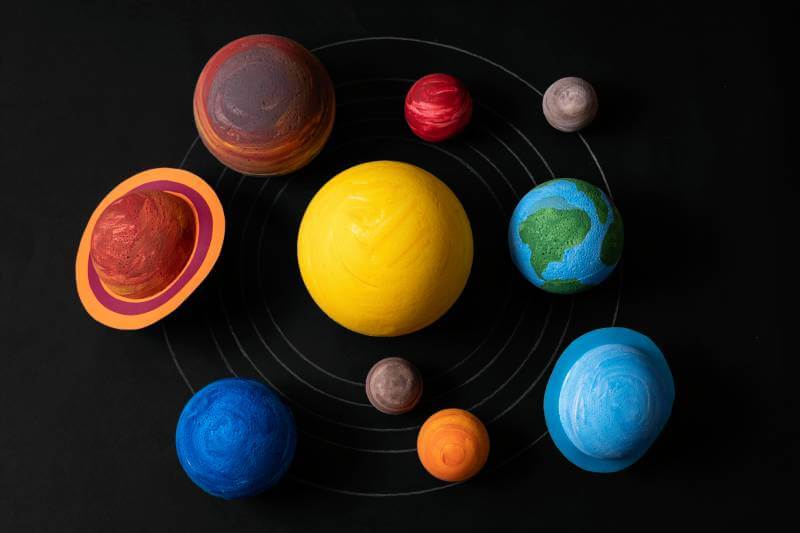Our solar system consisted of 8 planets orbiting around the sun, and they were discovered at various points in history. Most of our planets are visible by the naked eye, so they were discovered quite early on, while others need advancements in technology to be discovered.
Who Was The First Person To Find Out About Planets?
People from ancient civilizations first discovered wandering stars when they noticed that there were stars that were not motionless. They made the conclusion that the wandering stars were actually not stars that wandered through the night sky but were planets much like the planet we called home.
Ancient civilizations such as the Babylonians, Greeks, and Egyptians all observed the movements of the objects and recorded all of their observations. It would later be known that they were monitoring five visible planets: Mercury, Venus, Mars, Jupiter, and Saturn.
When Was The First Planet Discovered?
Although we aren’t entirely sure, we believe that the first ever recorded planet was that of Venus. It has been monitored and observed for thousands of years.
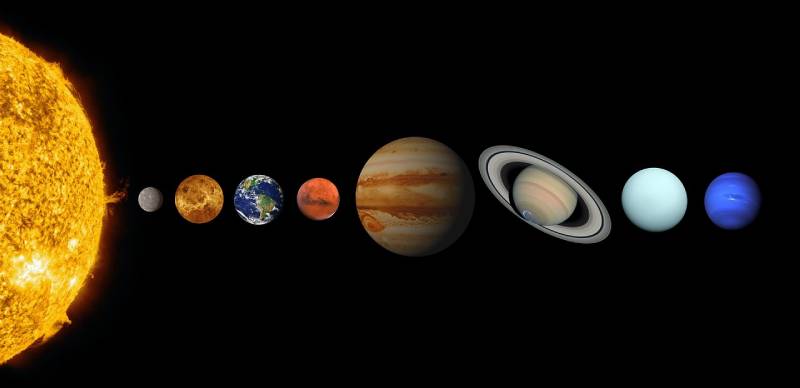
The Babylonians, who had an advanced system of astronomy, kept records of the movements of Venus as far back as the 17th century BCE. They noted its apparent position relative to the stars and its appearances as the “morning star” and the “evening star.”
Venus was the first planet to have been recorded (at least from the records we have obtained).
German-born British astronomer Sir William Herschel, on the night of March 13, 1781, was looking through his telescope when he noticed a comet. Then, he determined it was not a comet or a wandering star – it was a planet like Earth. It was a planet that was called Uranus. Uranus was the first ever planet to be discovered through a telescope.
Mercury
There is no specific date associated with the discovery of Mercury. We do know that it was discovered by ancient civilizations like the Greeks and Babylonians. They could see the planet from Earth without the use of telescopes so they were able to observe the planet’s movements.
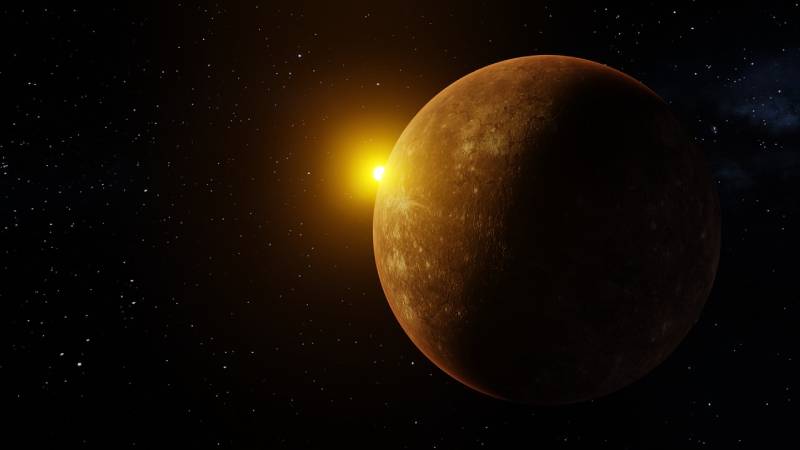
Since Mercury is one of the brightest objects in the night sky, we truly do not know who would have discovered the planet first or if multiple people around the world were noticing the “wandering star” at the same time.
Venus
Venus was the first planet to be discovered due to its proximity to Earth and the fact that it is so bright. The first-ever recording of the planet was made by the Babylonians and Greeks.
Mars
Much like Mercury, we aren’t quite sure when Mars was first discovered since it is a planet that has been seen since ancient times. Many ancient civilizations have been monitoring the planet for some time.
Since Mars has a reddish appearance, it stands out, and ancient cultures have been tracking its pattern since they first discovered the planet. We have ancient records of thousands of years monitoring the red planet.
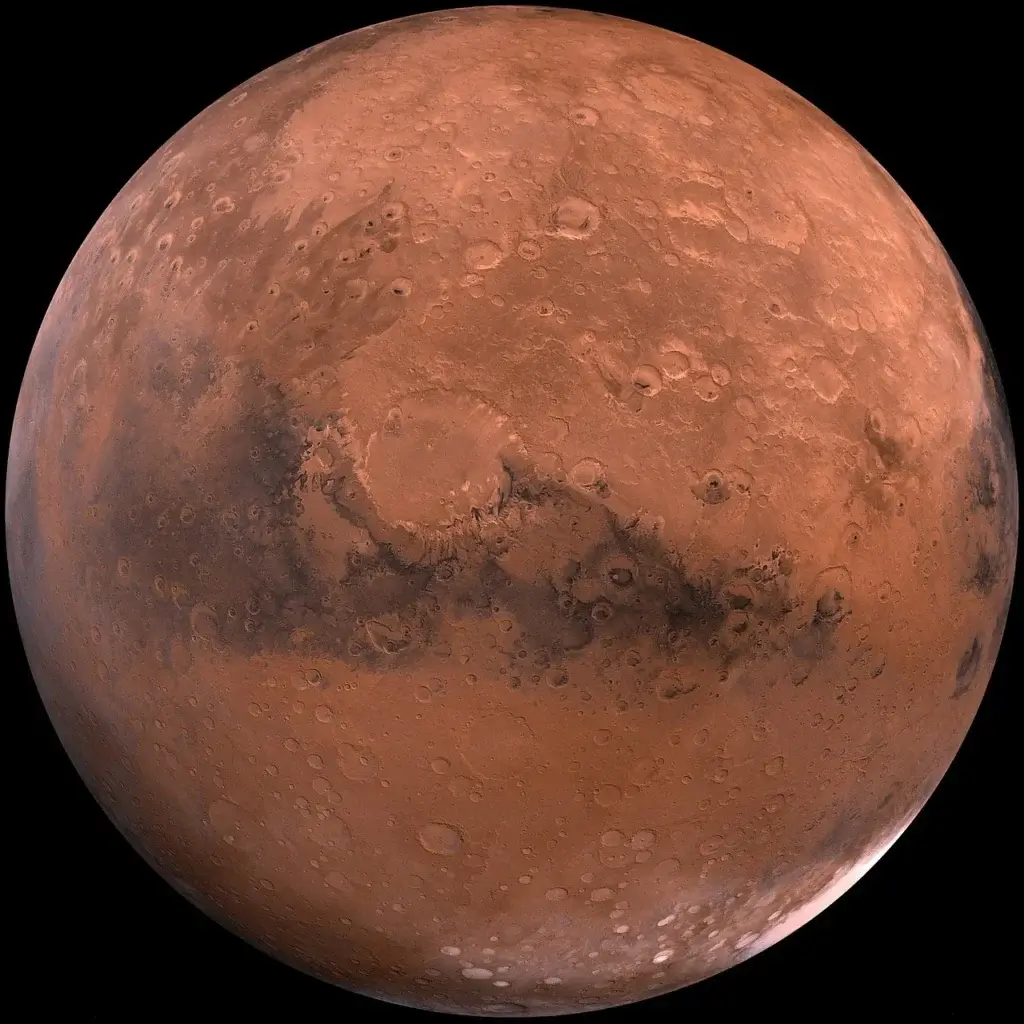
The first to ever see Mars through a telescope was recorded as Galileo Galilei in the 17th century. He was able to make basic observations of the planet. The telescope was not nearly as advanced as we use today.
In the 19th century, astronomer Giovanni Schiaparelli observed canals on the planet. And many people started to get curious if Mars was a planet that had human life or other types of life. Some people believe that scientists have found a Martian species living on the surface of Mars but refuse to tell us about it.
Saturn
Yet another planet that was spotted by the ancient civilizations so the discovery date is unknown. The first time it was observed through a telescope was Galileo Galilei in 1610.
Although he was able to see the planet, he was unable to see the impressive ring system that we know about today. He could only describe them as “ears” or “handles.”
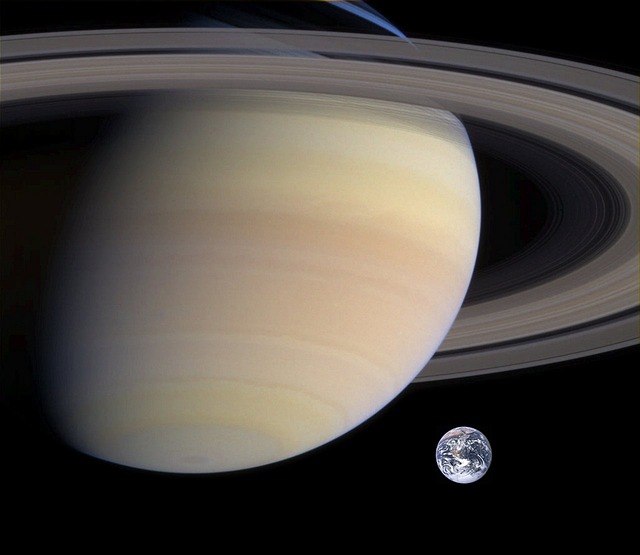
The true essence of the rings was discovered in 1659 by Dutch astronomer Christiaan Huygens. He was able to make a more detailed observation through a higher-quality telescope and he correctly identified them as rings.
Since then, we have made a lot more discoveries of the planet and its rings. We have learned of the unforgiving characteristics of the planet and the type of material that the rings are made out of.
Jupiter
Like many of the other planets, Jupiter was also discovered by ancient civilizations so we do not have an exact date when it was found. It was observed for thousands of years because of its ability to be seen by the naked eye.
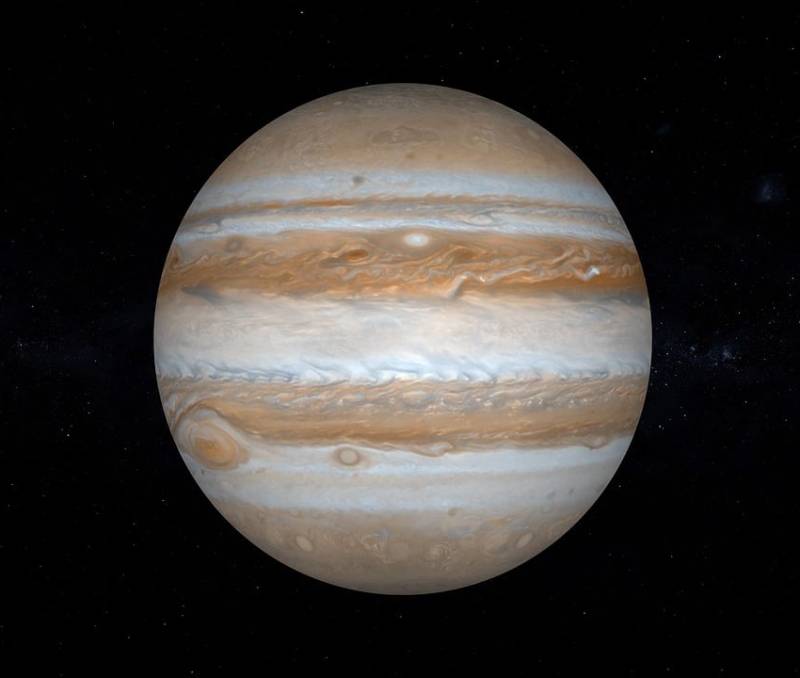
The first time that it was observed through a telescope was in 1610 by Galileo Galilei. He was able to make quite a few important discoveries about the planet, including spotting the largest moons orbiting the planet. He discovered Lo, Europa, Ganymede, and Callisto. All of these moons are highly investigated today and scientists have made some impressive discoveries – including the possibility of having water on some of them.
Uranus
Uranus was the first planet to be discovered by telescope because it was not visible to the naked eye. It was discovered on March 13, 1781, by astronomer Sir Wiliam Herschel. He initially believed the celestial object to be a comet. However, after observing it for multiple nights he noticed that it was likely a new planet. His discovery was confirmed by subsequent observations.
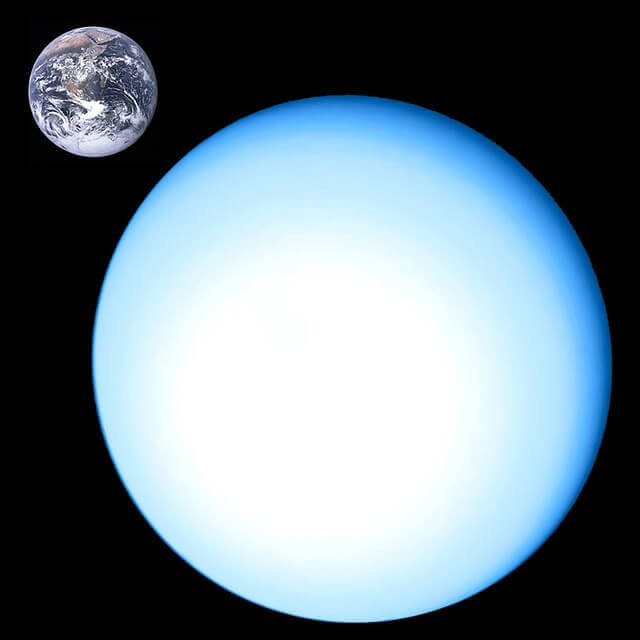
This was an exceptional discovery because we realized that our solar system was likely a lot bigger than we had originally thought. We began wondering how many more planets were in our solar system.
Neptune
Neptune was not discovered through a telescope; it was actually determined to be a planet based on mathematical calculations. Urbain Le Verrier, a French mathematician, and John Couch Adams, an English mathematician.
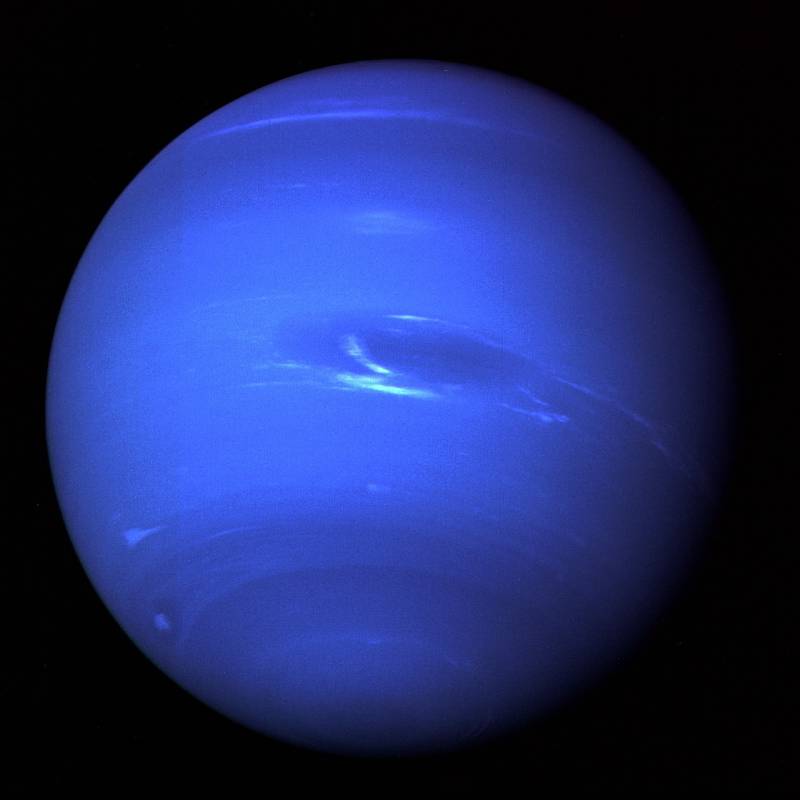
They independently predicted the existence and position of Neptune based on deviations in the orbit of Uranus, which could not be explained by the gravitational influence of known planets. Urbain Le Verrier published his calculations and predictions in 1846, and shortly thereafter, Johann Galle, a German astronomer, used Le Verrier’s predictions to observe and confirm the existence of Neptune on September 23, 1846, through a telescope. They were then able to find it through a telescope that same year!
Conclusion
The discovery of the five visible planets Mercy, Venus, Mars, Jupiter, and Saturn was made in ancient times by civilizations such as the Babylonians, Egyptians, and Greeks. Then, the first planet to ever be discovered through a telescope was Uranus, and uniquely enough, Neptune was discovered by math!

